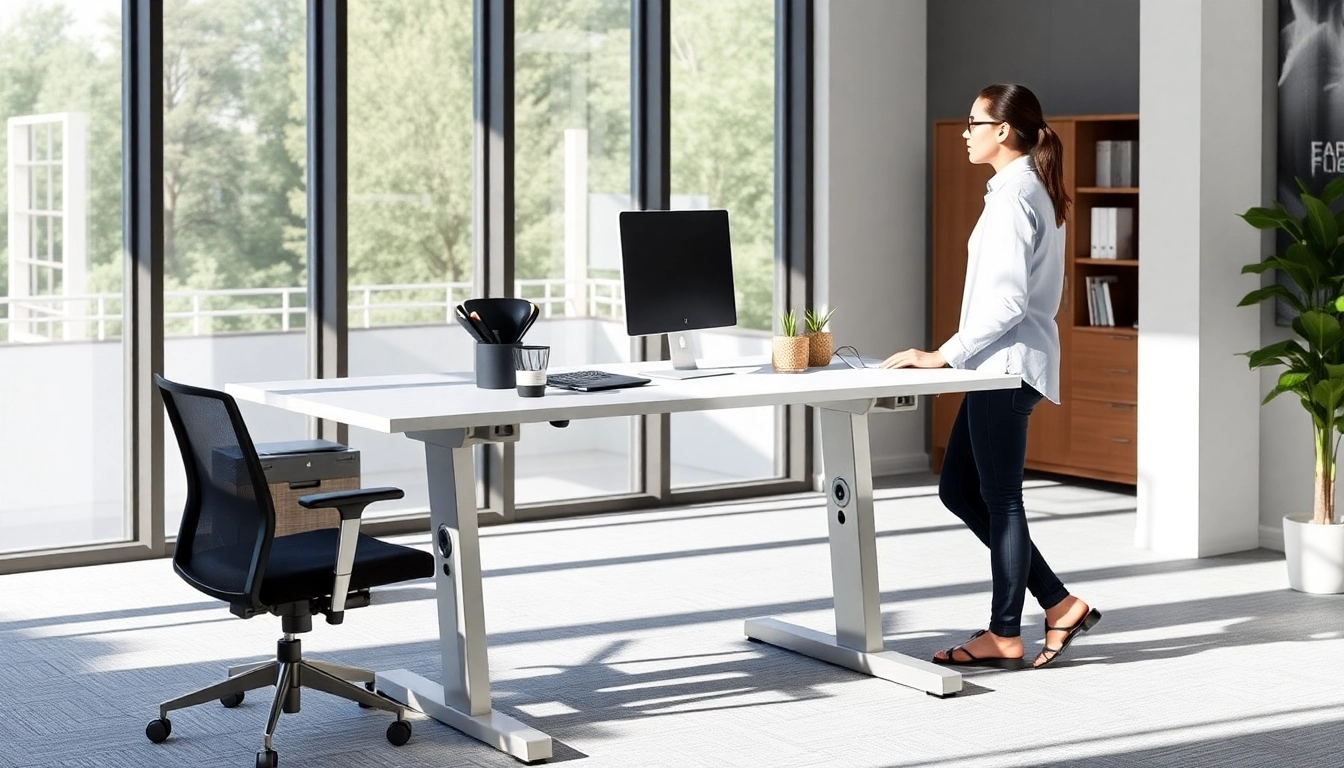Understanding Different Types of Men’s Shorts
Men’s shorts have evolved into a versatile apparel category that caters to a wide range of occasions, activities, and personal styles. Whether you’re dressing for a casual day out, engaging in athletic activities, or aiming to make a fashion statement, selecting the right type of shorts is essential. In this comprehensive guide, we’ll explore the various styles available today, helping you understand their unique features, typical uses, and how to choose the perfect pair for every occasion.
Casual Shorts for Everyday Wear
Casual shorts are the most common type found in men’s wardrobes. Designed for comfort and ease, they come in various fabrics such as cotton, linen, and blends that are breathable and lightweight. Typical styles include chino shorts, denim shorts, and drawstring lounge shorts. These are perfect for relaxed outings, picnics, beach trips, or running errands. Their relaxed fit and simple designs make them a wardrobe staple that can be paired seamlessly with t-shirts, polos, or casual button-down shirts.
For example, cotton chino shorts in neutral tones like khaki, navy, or beige offer versatility and can be worn with almost anything. They often feature functional pockets and a clean, minimal aesthetic, making them suitable for informal gatherings or casual work environments in relaxed regions.
Performance and Athletic Shorts
Athletic shorts are engineered for durability, support, and moisture management during physical activities. These include running shorts, gym shorts, training shorts, and sports-specific styles such as basketball or soccer shorts. They typically utilize technical fabrics like polyester, nylon, or microfibers that wick away sweat, dry quickly, and offer stretchability for optimal movement.
Many performance shorts incorporate features such as mesh panels for ventilation, reinforced seams for durability, and adjustable waistbands for a personalized fit. Brands like Nike, adidas, and Under Armour excel in this domain, providing innovative designs that enhance athletic performance and comfort.
Successful utilization of performance shorts involves understanding the specific activity’s demands, selecting appropriate lengths (e.g., 5-inch or 7-inch inseams), and considering additional features like built-in liners or pockets for convenience.
Fashion-Forward and Trendy Styles
Fashion-conscious men continuously seek shorts that reflect current trends and personal style statements. Trendy shorts include cargo shorts with multiple pockets, printed or patterned styles, and tailored or slim-fit designs. Fabrics such as linen, chambray, or even hybrid materials combine style with comfort, catering to modern aesthetics and versatility.
These styles often feature bold colors, unique patterns, or contrasting elements that stand out. For example, color-blocked shorts or those with side stripes can add a sporty yet fashionable edge to your look. Pairing trendy shorts with statement accessories like sneakers, hats, or watches enhances the overall ensemble.
Staying updated with fashion trends involves exploring seasonal collections, observing street style, and understanding which styles suit your body type and personal preferences.
Choosing the Right Fit and Fabric
Spoilt for choice, selecting the perfect men’s shorts requires careful consideration of fit and fabric. Proper fit ensures comfort, functionality, and a flattering appearance, while fabric choice impacts durability and suitability for specific occasions.
How to Measure for the Perfect Fit
Accurate measurements are crucial for purchasing shorts that fit well. Use a flexible tape measure to determine the following:
- Waist circumference: Measure around your natural waistline, typically just above the hips.
- Inseam length: Measure from the crotch to the desired hem length, depending on your style preference.
- Hip width: Measure around the widest part of your hips/buttocks for a more tailored fit.
Knowing these measurements prevents ill-fitting purchases and reduces the need for returns or alterations. As a rule of thumb, casual shorts tend to fit loosely, with inseams ranging from 7 to 9 inches, while athletic shorts often have shorter inseams around 5 to 7 inches for mobility.
Popular Fabrics and Their Benefits
The choice of fabric determines not only comfort but also longevity and style. Here’s a breakdown of common fabrics used in men’s shorts:
- Cotton: Excellent breathability, soft feel, easy to wash, suitable for casual wear.
- Linen: Lightweight and highly breathable, perfect for hot climates, with a slightly textured appearance for a relaxed look.
- Polyester/Nylon: Durable, moisture-wicking, quick-drying, often used in performance shorts.
- Microfiber: Ultra-light, smooth, and soft with water-resistant qualities—ideal for activewear.
- Blends: Combining natural and synthetic fibers offers a balance of comfort, durability, and ease of maintenance.
Select fabrics based on your activity and environment. For example, linen and cotton suit summer casual outings, while polyester blends are better for sports or active pursuits.
Matching Shorts with Your Body Type
Flattering your physique starts with choosing the right style and fit:
- Petite: Opt for shorter inseams (5-7 inches) and slim-fit styles to elongate the legs.
- Athletic: Look for tailored, fitted shorts that highlight your muscular build without excess fabric.
- Plus-size: Choose longer inseams (9+ inches) and looser cuts that provide comfort and balance proportions.
- Rectangular: Add volume by selecting styles with pleats or pocket details to create visual interest.
Personal comfort and confidence should guide your selections, but understanding these guidelines can help maximize your style impact.
Style Tips for Men’s Shorts
Beyond fit and fabric, styling your shorts effectively enhances your overall look. Here are some expert tips to master the art of short styling:
Color Coordination and Patterns
Neutral tones such as navy, khaki, gray, and black provide versatility, easily pairing with a variety of tops. Bright colors and patterns, like floral or geometric prints, inject personality into your wardrobe but should be balanced with subdued shirts or accessories.
For a cohesive look, coordinate your shorts with complementary colors, considering the color wheel—pairing cool tones with warm shades or contrasting hues for a bold statement. Stripes, checks, and prints work well when kept balanced with solid-colored tops.
Perfect Shorts for Casual Outdoor Outings
Opt for comfortable, functional styles with practical features—think cargo shorts with multiple pockets for carrying essentials or micro-stretch fabrics that allow ease of movement. Pair them with breathable t-shirts or polos, and casual footwear like sneakers or loafers.
For laid-back outings, accessories such as sunglasses, hats, and watches elevate your look and protect you from the sun.
Elevating Your Look with Accessories
Accessories can transform simple shorts into stylish statements. Consider adding a fitted cap, a minimalist bracelet, or a sleek watch. Footwear choices such as boat shoes, casual loafers, or sporty sneakers complete the ensemble, depending on the occasion.
Layering with lightweight jackets or shirts over your shorts adds dimension and practicality, especially for variable weather.
Maintaining and Improving Your Shorts
Proper care extends the lifespan of your shorts, keeps them looking fresh, and ensures ongoing comfort and style. Here’s how to maintain and enhance your shorts collection:
Proper Washing and Care Procedures
Always follow manufacturer instructions for washing. Generally, machine wash in cold water to prevent fading and shrinking. Use mild detergents and avoid bleach unless the fabric specifically allows it.
Dry shorts on a low heat cycle or hang them to air dry to preserve fabric integrity. Regularly inspect for loose threads or damaged seams and repair promptly.
Styling Hacks for Longevity and Fit
To maintain fit, rotate your shorts to avoid constant stress on the same elastic or seams. Store them folded or hung neatly to prevent deformation. Consider tailoring for a more fitted look or repairing worn-out areas for extended wear.
Iron or steam shorts as needed, especially those made from fabrics prone to wrinkling, ensuring they always look sharp.
When to Replace Your Favorite Shorts
Reach for new pairs when your shorts show excessive wear—fraying fabric, persistent stains, or loss of shape. Replacing worn-out shorts prevents discomfort and ensures you always present a polished appearance.
Shopping for Men’s Shorts Online: What to Consider
Online shopping offers convenience and access to a broad selection, but requires careful consideration to ensure satisfaction. Key factors include choosing reliable brands, understanding sizing, and balancing affordability with quality.
Trusted Brands and Quality Indicators
Opt for established brands known for quality craftsmanship, fabric durability, and consistent sizing. Look for detailed product descriptions and customer reviews that confirm authenticity and fit. Reputable brands often provide full sizing charts, care instructions, and return policies.
Affordable Options Without Compromising Style
Affordable men’s shorts are available across various online platforms, offering a blend of style, comfort, and budget-friendliness. Stores like Men’s Shorts provide a curated selection suited to different needs, from casual to performance wear.
Keep an eye out for sales, discounts, and bulk purchasing options to maximize value. Remember, investing in timeless styles and versatile colors ensures longevity and more outfit combinations over time.
How to Find the Perfect Size Before Buying
Always refer to detailed size charts provided by manufacturers or retailers. Measure yourself accurately and compare your measurements to the chart for the best fit. Read customer reviews for insights on sizing accuracy, especially if buying from new or lesser-known brands.
Consider the intended fit—slim, regular, or relaxed—and check return policies to accommodate possible size exchanges.




